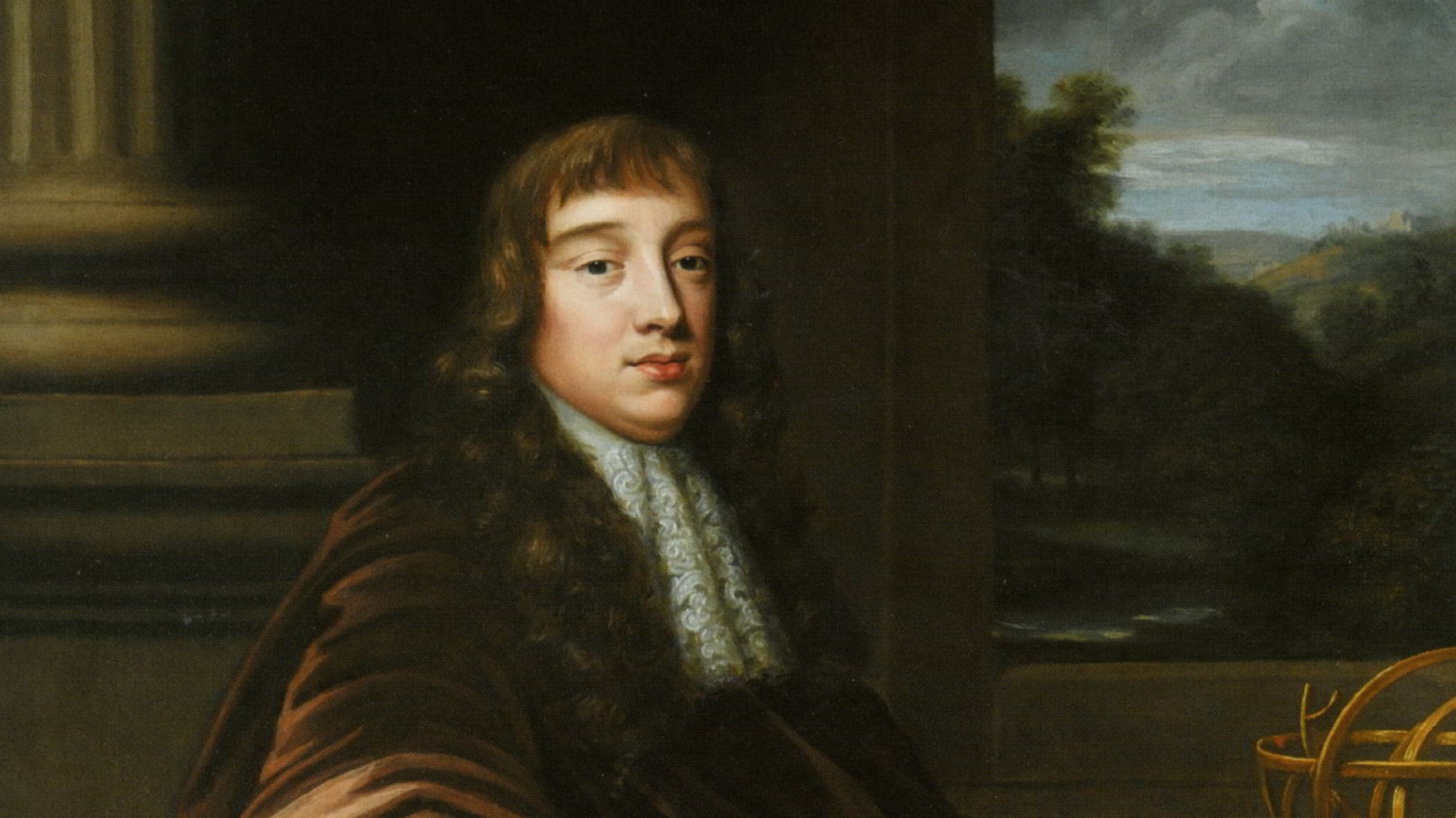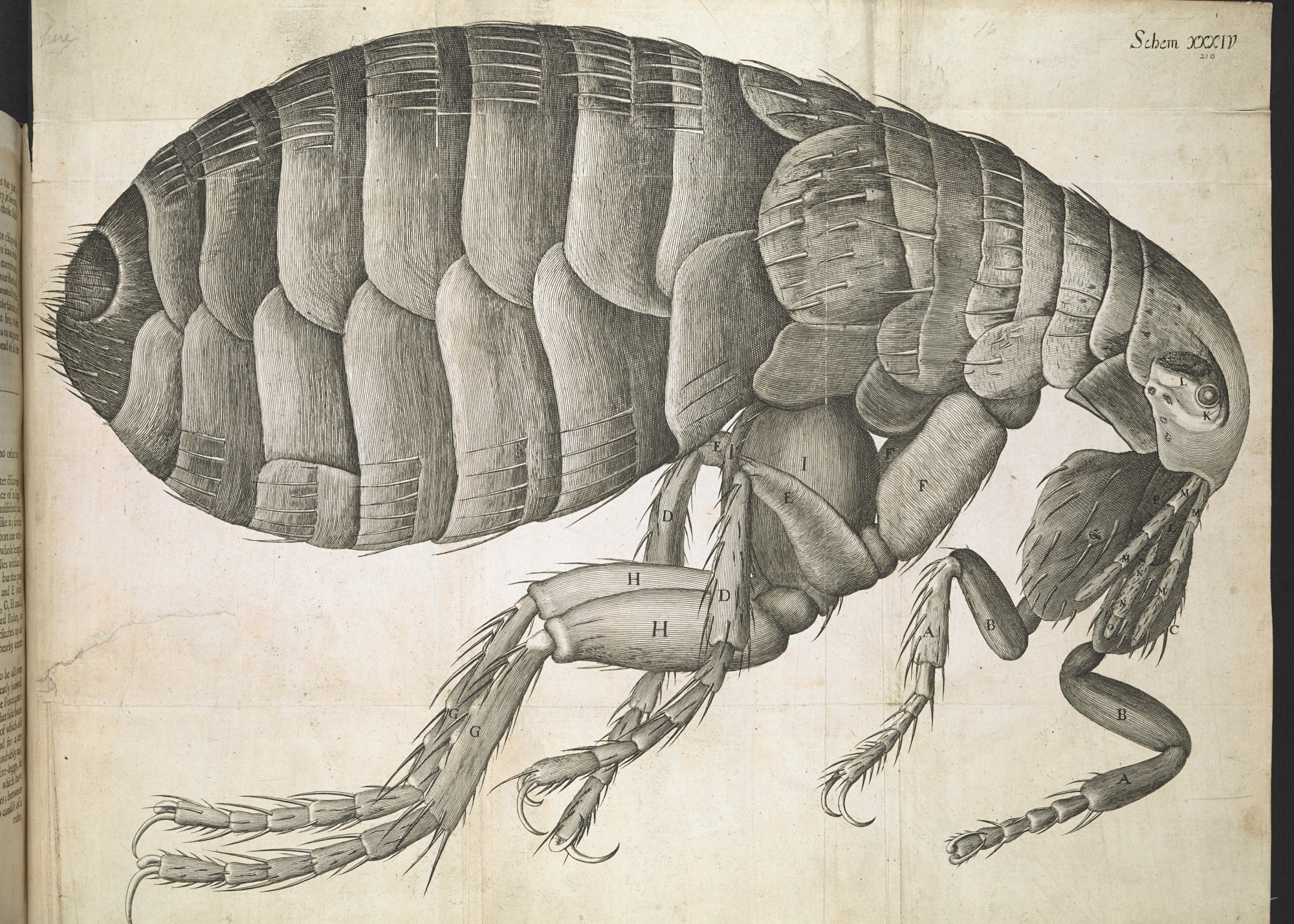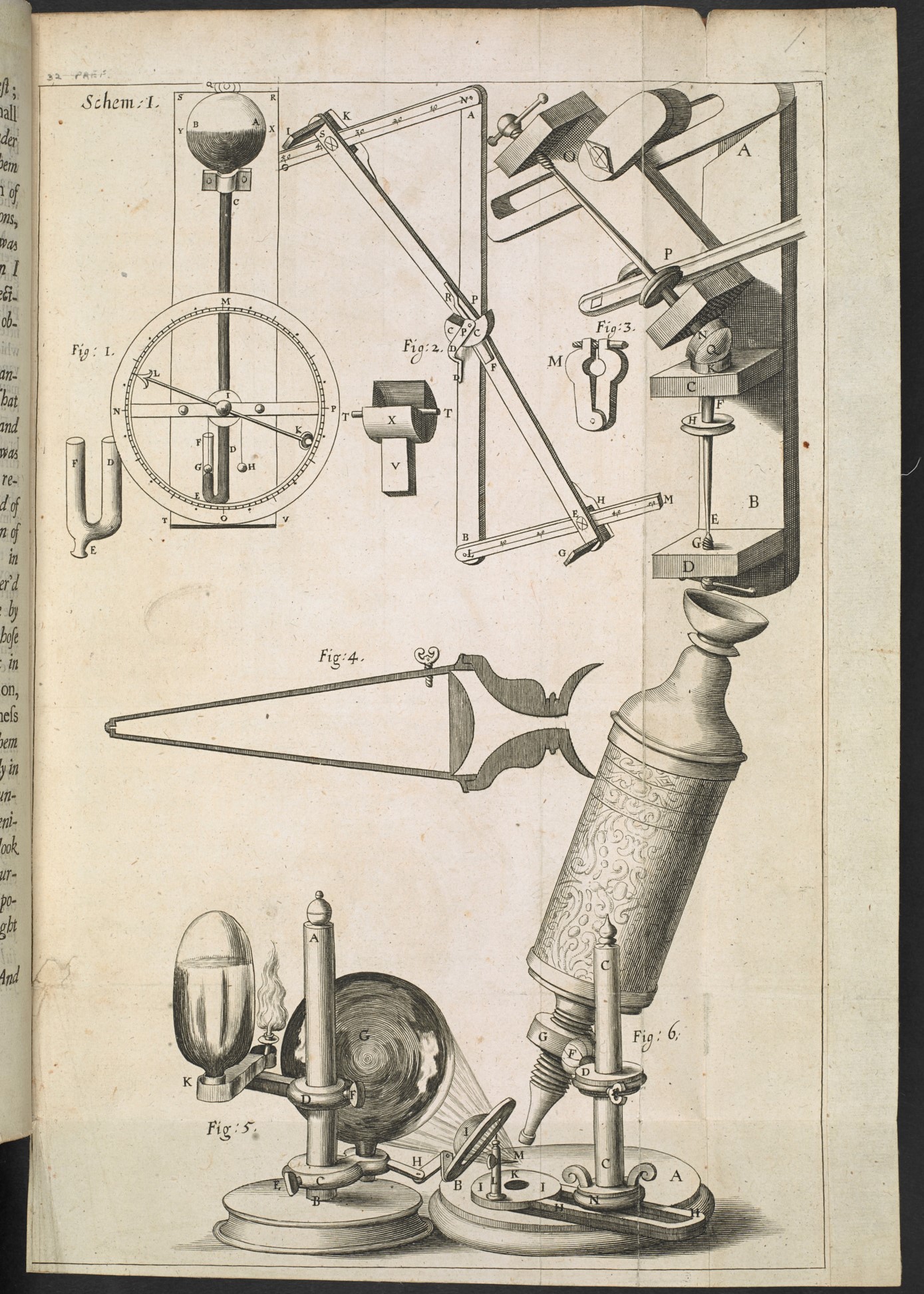Robert Hooke: English scientist who discovered the cell
Robert Hooke was the English polymath who discovered the building blocks of all life.

Robert Hooke was a 17th-century scientist who contributed to our knowledge of mathematics, mechanics, biology and astronomy. Hooke is perhaps most famous for discovering the living cell, but he is also well known for finding the law that governs the stretch of elastic material, improving weather measurement devices and discovering new celestial objects.
Early life
Hooke was born in 1635 on the Isle of Wight, an island off the southern coast of England. As a child, he was too sickly to attend school, as he suffered from a severe case of smallpox, according to Oxford Academic. Instead, he spent much of his childhood drawing in his bedroom, according to Historic UK. However, even at a young age, Hooke showed a strong mechanical ability, building a clock out of wood and a toy boat with cannons that fired, according to RobertHooke.org.uk.
In his teens, after his father died, Hooke enrolled at Westminster School in London. There, he discovered that his talents extended beyond painting; he excelled in mathematics, mechanics and languages, according to Biography.com.
Related: Cells by the numbers: Facts about the building blocks of life
In 1653, at the age of 18, Hooke began studying at Christ Church College at the University of Oxford, where he spent much of his time building telescopes.
Hooke's contributions to physics and mechanics
One of Hooke's greatest discoveries was that of the fifth star in the trapezium of the Orion constellation, in 1664. During his observations of the night sky, he analyzed planets and was the first to theorize that Jupiter rotates on an axis. Later, in the 19th century, the sketches he made of Mars were used to calculate its rate of rotation, according to Britannica.com.
Hooke was fascinated by how instruments could manipulate light to allow him to see both near and far. Using this interest, Hooke became one of the first scientists to build a working Gregorian telescope, which consists of two concave mirrors inside a brass barrel. Light enters the telescope and travels to the largest of these mirrors at the end of the barrel. The light is reflected back in the opposite direction, towards the smaller mirror, which focuses the light through the eyepiece lens. This was the second successful reflecting telescope designed by Scottish mathematician James Gregory. Gregory was unable to make his telescope work, but 10 years later, Hooke achieved this task for him, according to the History of Science Museum
After Sir Isaac Newton published some of his findings on the law of gravity, Hooke confronted him, demanding some credit. Newton's new law had explained how "all celestial bodies have an attraction or gravitating power toward their own centers," but Hooke had written these words decades earlier, according to Science Focus magazine. Newton denied any plagiarism, but it is widely believed that Newton was able to turn Hooke's accurate description into a mathematical model.
In 1660, Hooke discovered a physical law that would later be named after him. Hooke's law states that the force needed to extend or compress a spring is proportional to the distance it is stretched.
In 1662, Hooke was given the role of Curator of Experiments for the Royal Society, which meant he devised the experiments performed in the society's weekly meetings, according to RobertHooke.org.uk. Today, this is the oldest independent scientific organization, and Hooke's broad scientific interests helped set the society's trajectory during its early years.
In 1663, he invented or improved the five main meteorological instruments: the barometer, thermometer, hydroscope, rain gauge and wind gauge, according to ThoughtCo.com.

This article is brought to you by How It Works.
How It Works is the action-packed magazine that's bursting with exciting information about the latest advances in science and technology, featuring everything you need to know about how the world around you — and the universe — works.
The barometer invented by Hooke was the wheel barometer, which was used to measure the air's atmospheric pressure. This barometer consisted of a curved tube, filled with mercury, and a ball that floated on top. The floating ball was attached to a pointer. The tube, filled with mercury, sat upside down on a small container of mercury. When the air pressure increased, the increased weight pushing down on the mercury forced more mercury into the tube and caused the ball to move upward. This changed the measurement selected by the pointer, according to ThoughtCo.com.
Hooke went on to develop his own versions of wind and rain gauges. His tipping-bucket rain gauge emptied itself when filled with rain. The number of times the bucket became unbalanced and tipped was recorded to measure the cumulative volume of rainwater over a given time. Hooke's wind gauge was a reinvention of the original; as the wind speed changed, so did the position of an attached mobile panel. To improve the thermometer, Hooke added further measurements, including the freezing point of water, according to Royal Society Publishing.
Microscope and cell theory
Hooke's most famous work was his 1665 discovery of the living cell. Though scientists had invented the microscope decades earlier, Hooke's innovation dramatically improved the technology. He placed three mirrors in sequence to magnify the images and added a light for better viewing. The intricate internal structure of living things emerged in incredible detail under his more powerful compound microscope, according to National Geographic.
Hooke detailed many of his observations in his 1665 book "Micrographia," which was filled with intricate sketches of the tiny world he saw — everything from six-sided "snowflakes" floating atop frozen urine to mold spores, which, up close, looked like tulips waving in the wind.

Hooke was also the first to examine different fossil types with a microscope, proposing in "Micrographia" that fossils form when "the Shells of certain Shel-fishes, which, either by some Deluge, Inundation, earthquake, or some such other means, came to be thrown to that place, and there to be fill'd with some kind of Mud or Clay, or petrifying Water, or some other substance."
His microscope observations also revealed how mosquitoes and lice suck blood.
In 1666, after the Great Fire of London destroyed much of the city, Hooke was given the opportunity to try his hand at architecture, according to Royal Museums Greenwich. Hooke and Sir Christopher Wren, who was also a scientist, designed a monument to commemorate the fire. The two scientist-architects decided to add scientific elements to the 202-foot-tall (61 meters) monument, which was erected between 1671 and 1677. For instance, Hooke included an underground laboratory where he could conduct many of his science experiments, while the central passage was built to house a large telescope, according to the BBC. This laboratory remains below the monument today, although it is usually inaccessible to the public and its entrance stays covered.
Hooke never married; he died, after years of declining health, in 1703.
Scientists continue to be inspired by, and benefit from, Hooke's findings as they delve further into the microscopic world he revealed. As Hooke wrote in "Micrographia," "By the means of telescopes, there is nothing so far distant but may be represented to our view; and by the help of microscopes, there is nothing so small as to escape our inquiry."

Additional resources
- Check out a digitized version of "Micrographia" provided by the Royal Society
- Learn more about Hooke's life and contributions at RobertHooke.org.uk.
- Book recommendation: "The Curious Life of Robert Hooke: The Man Who Measured London" (Harper Perennial, 2005), by Lisa Jardine.
This article was adapted from a previous version published in How It Works magazine, a Future Ltd. publication. To learn more about the wonders of the natural world, subscribe to How It Works magazine.
Sign up for the Live Science daily newsletter now
Get the world’s most fascinating discoveries delivered straight to your inbox.

Ailsa is a staff writer for How It Works magazine, where she writes science, technology, history, space and environment features. Based in the U.K., she graduated from the University of Stirling with a BA (Hons) journalism degree. Previously, Ailsa has written for Cardiff Times magazine, Psychology Now and numerous science bookazines. Ailsa's interest in the environment also lies outside of writing, as she has worked alongside Operation Wallacea conducting rainforest and ocean conservation research.










